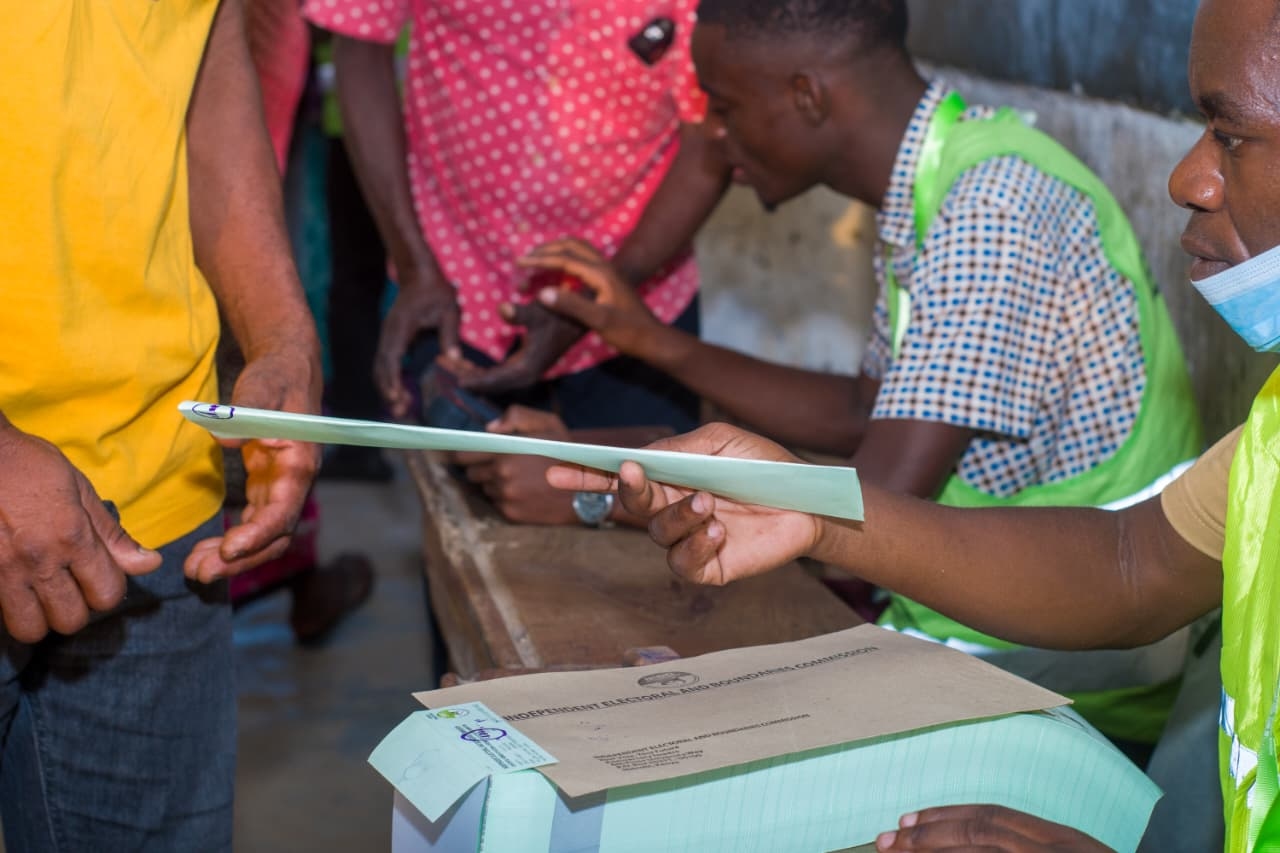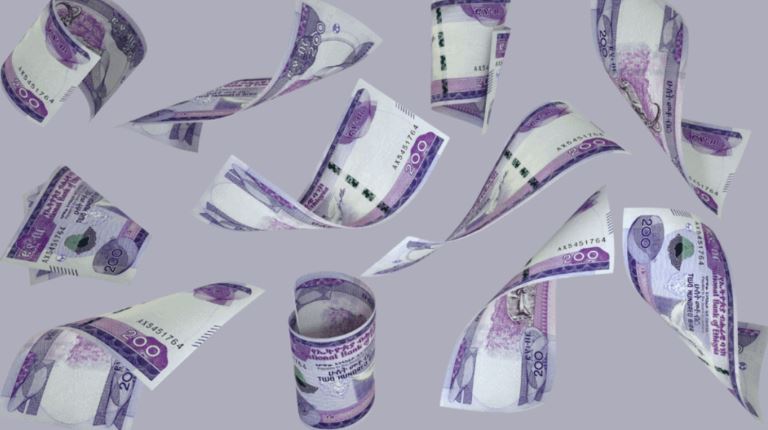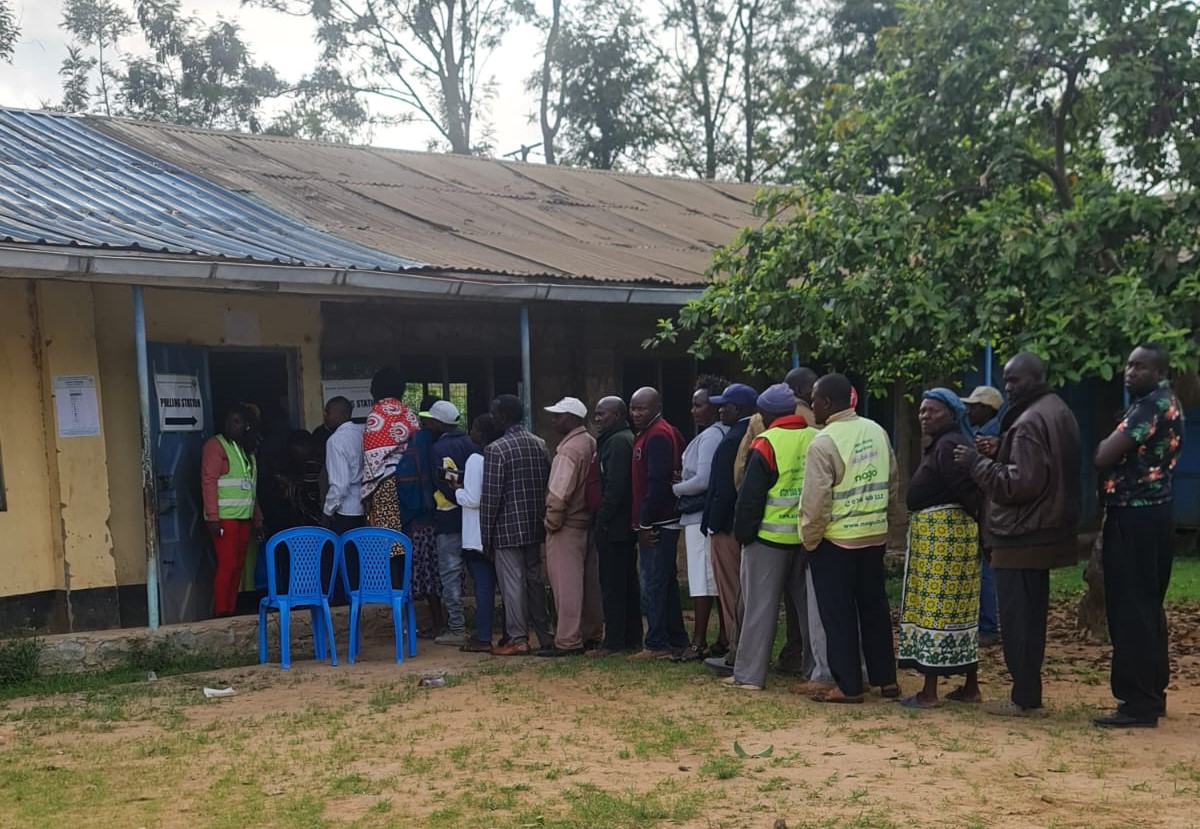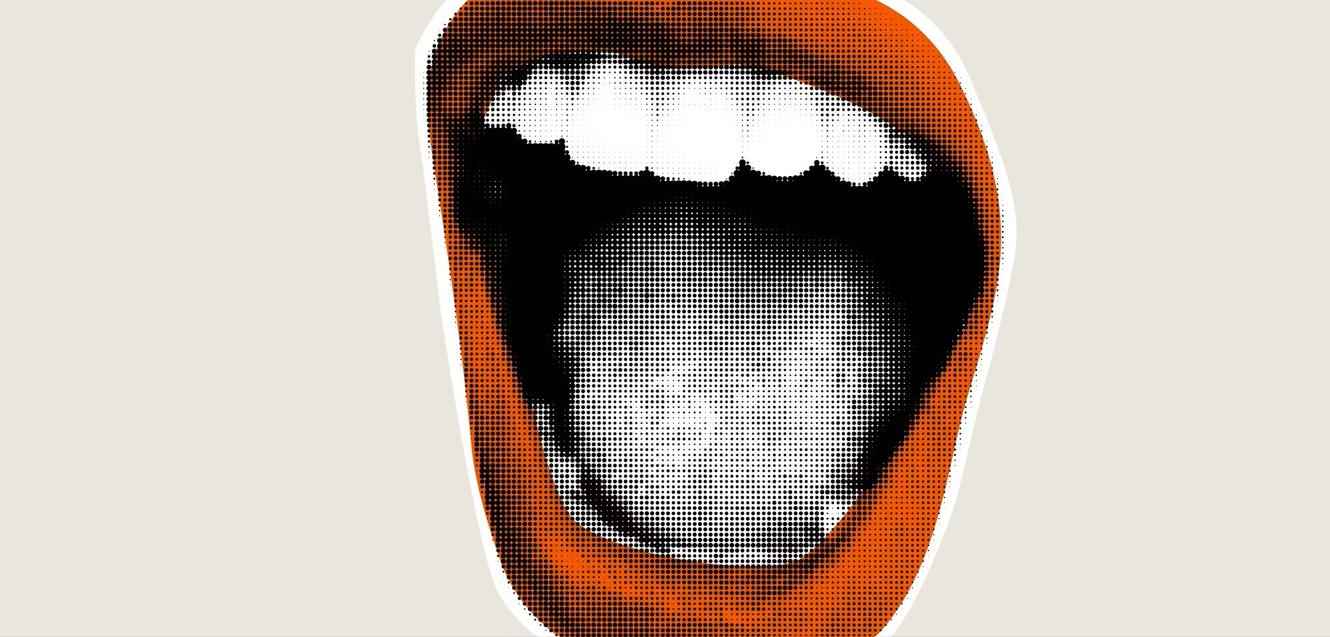Kenyan shilling braves economic jitters from protests, remains fairly stable

A sustained gaining streak of the shilling against the dollar is good news for the consumers in the country, as it translates to relief from costly products.
The Kenyan Shilling remained fairly stable in the month of June and part of July, keeping track of its recovery journey despite the economic jitters occasioned by the anti-tax demos.
Ideally, this could depict unshaken investor confidence in the country amidst the disruptions experienced in the better part of June.
More To Read
- Treasury CS Mbadi reaffirms Kenyan shilling stability, rejects claims of currency manipulation
- Kenya's economy grows 5 per cent in second quarter of 2025- KNBS
- The impact of the recent Finance Bill on different sectors
- Kenyan shilling holds steady at 129 against the dollar for a year
- Kenyan shilling rallies against major world currencies
- Fury as plainclothes police camp outside Rongai artist Matiri's home without warrant ahead of protests
In the period under review, the local currency exchanged against the US dollar at an average of 129, tarnishing the fears of potential weakening on account that some external investors would pull out their shares of investment in platforms such as the stock market, depriving Kenya of dollar supply.
A sustained gaining streak of the shilling against the dollar is good news for the consumers in the country, as it translates to relief from costly products.
Kenya is a net importer, and importers have been feeling the pinch of the weak shilling, spending more on goods brought in, passing on the burden to consumers.
However, the recent appreciation of the local currency is good news to both parties.
The Kenyan shilling ceased its tumble against the US dollar sometime back in February this year.
In just two months to the end of March, the local currency had strengthened by 30 unit values, a 19 per cent gain.
The gain was almost half the value it had lost in four years since early 2020, when it started weakening.
It had weakened to a low of 161 as of January 2024 from the high of 100 in 2020.
As of July 18, the Central Bank of Kenya (CBK) quoted the shilling at 129.98, a 31 unit value gain from the January low of 161.
It represents a 19 per cent gain, meaning importers are now spending Sh19 less on every shilling used to buy a dollar for imports compared to six months ago.
The end of Shilling's tumble against the dollar was largely attributed to the successful settlement of the inaugural $2 billion buyback plan, where the government paid back $1.5 billion in February, boosting investor confidence.
A strengthening shilling generally means ease in the cost of living, as a reduced burden of importation costs consequently trickles down to consumers.
Inflation has been on the decline in the past months, reaching 4.6 in June from the highs of 6.9 and 6.3 per cent in January and February, respectively.
A strong shilling is also expected to boost the country's forex reserves as importers strive for the much-needed dollar for imports.
Top Stories Today















































